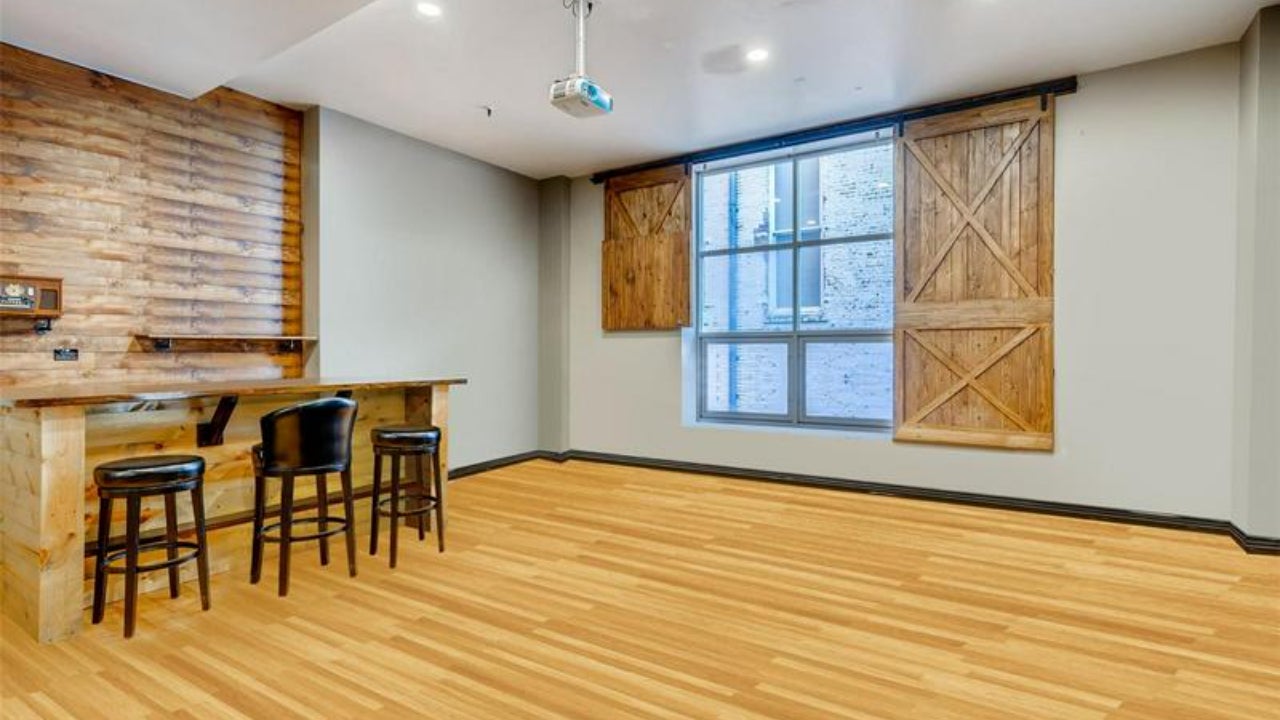How digital staging can help your home listing pop

The Bankrate promise
At Bankrate we strive to help you make smarter financial decisions. While we adhere to strict , this post may contain references to products from our partners. Here's an explanation for .
In this crazy housing market, it doesn’t take much for properties to sell. But as competition cools down, or with particularly difficult listings, some houses need a little fluffing up. Amid all the buyer competition, even little improvements to a home’s online appeal can mean more money for sellers when the offers start pouring in.
That’s why digital staging is gaining popularity. Here’s why you might want to consider talking to your agent about this cost-effective alternative to traditional staging as a way to attract more buyers.
What is digital staging?
Digital staging is when professional photo editors adjust furniture or other décor in a listing photo. That can mean adding furniture or art, or removing items that look a little past their prime.
“People have a hard time with their imagination in the rooms,” said Angelica Olmsted, an agent at RE/MAX Professionals Cherry Creek in Denver. “You can show the same room as a nursery, as an office, as a gym.”



“You don’t stage a room to make it pretty or to deceive a purchaser,” he said. “You stage a room to tell somebody what that room does.”

How much does digital staging cost?
Digital staging is much less expensive than traditional physical staging. Schravemade said BoxBrownie charges just $24 an image in the U.S. for its services, compared to thousands of dollars a month that most companies charge to actually place furniture and décor in properties for sale.

What are the benefits to digital staging?
“Use it as a tool to educate the tenant or purchaser what’s going on with the property,” Schravemade said.


“I have one listing in downtown Denver, which is a great bachelor pad, and that’s exactly what it looks like,” she said. That listing was edited a few ways. For some images, the rooms were made to look vacant, and in others they were spruced up with more neutral modern furniture, “which shows what the potential is,” according to Olmsted.



Are there any drawbacks to digital staging?
The most important thing, Olmsted and Schravemade agreed, is that digitally staged listing photos should present a realistic preview of how a room can be used. Schravemade said that some companies play things a little more fast and loose, for example by resizing furniture that would obviously not fit, or by making more drastic physical alterations to a property through the magic of Photoshop.
View this post on Instagram
“If you don’t get scale right, you have invariably misrepresented the room,” he said. “Virtual staging should not materially include anything that changes the property. It just should be furniture and décor.”
Listings with more substantially altered photos can mislead buyers and lead to frustration and disappointment.
Olmsted said it’s crucial for agents to be upfront about digitally staged properties.
“I always disclose it. It could definitely be a drawback if you do not disclose that it is virtually staged or amplified or modified in any way,” she said. “I think people could see it as a bait and switch if you’re not upfront about it.”
Bottom line
Digital staging can be a great way to make a listing pop and help buyers understand the future possibilities for a property. If you’re considering using such a service for your own listing, it’s important to make sure the photo editing is done in a way that accurately reflects how a room could be used.
Learn more:
Related Articles



